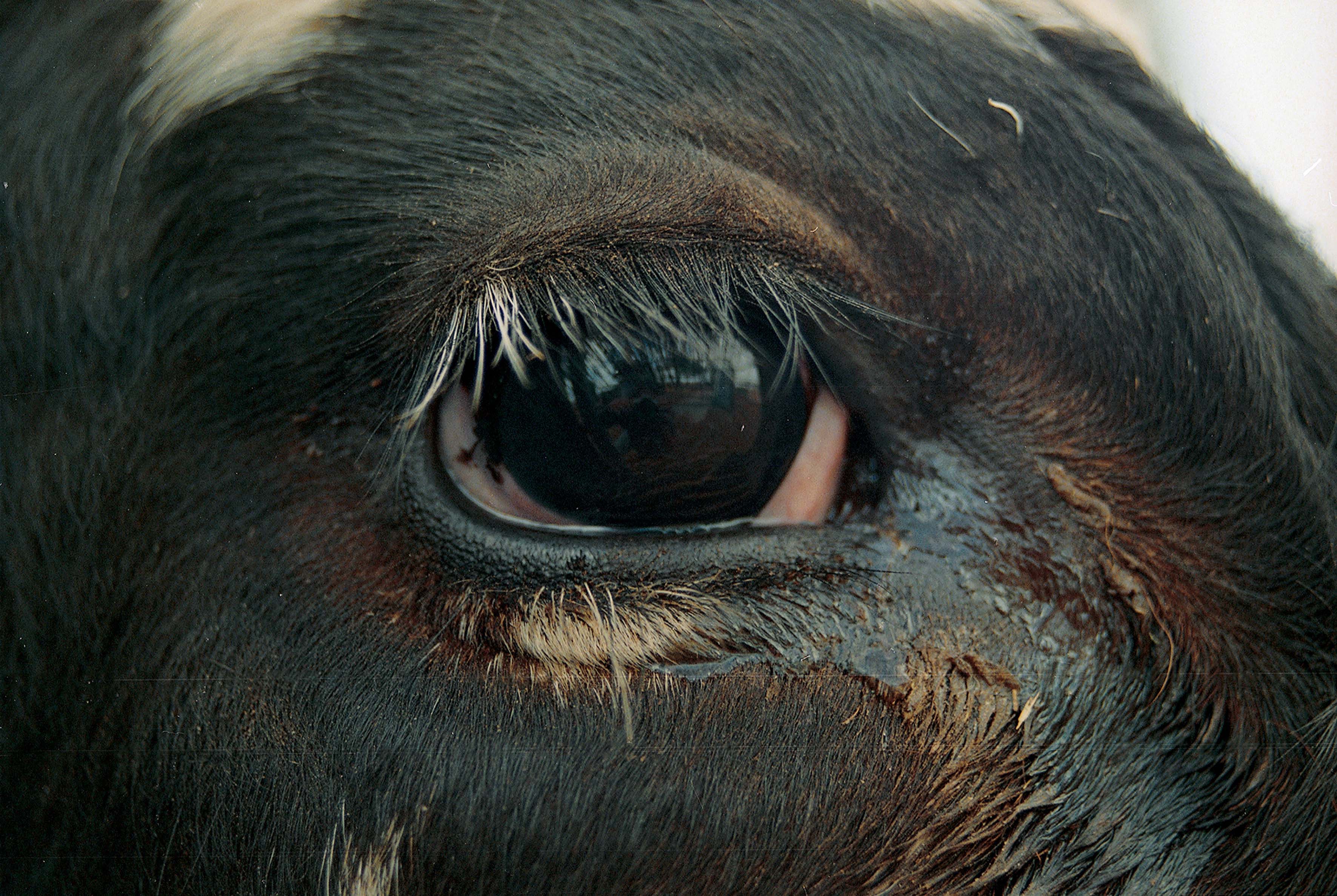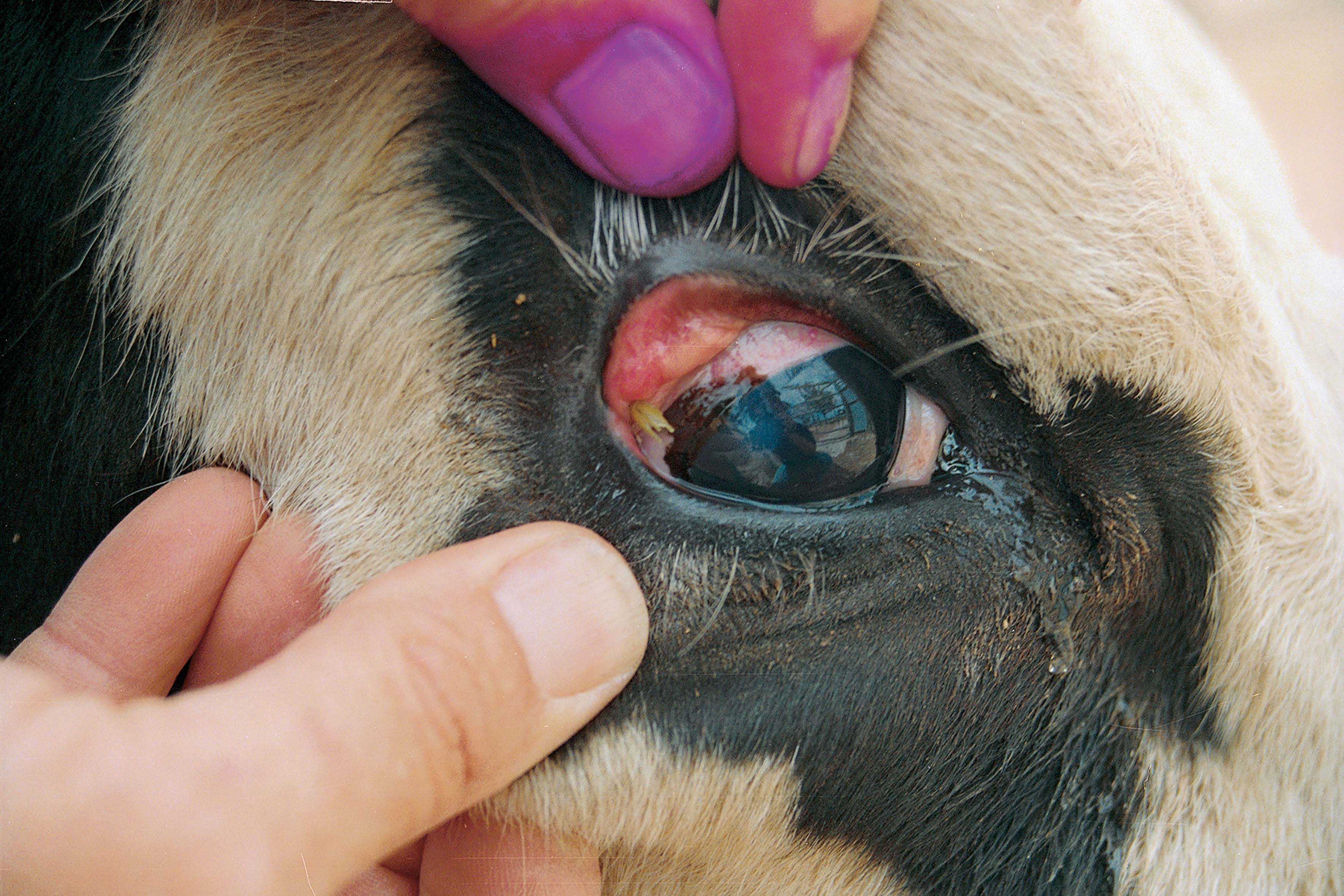Protect cattle from pinkeye as season hits North Coast
10 Feb 2021
With the cattle pinkeye season upon us, North Coast producers are urged to quickly lessen risks to cattle and the spread of herd infection.
Pinkeye, blight or Infectious bovine keratoconjuntivitis (IBK) is an eye infection seen in cattle and thought to be caused by bacteria from the Moraxella family. Experts describe it as a painful, debilitating condition that can markedly impact animal productivity.
It can cause inflammation and in severe cases, temporary or permanent blindness and often impact calves and young stock. Most cattle producers are familiar with pinkeye but may need help to treat it and minimise its spread within a herd.
North Coast Local Land Service District Veterinarian Jocelyn Todd reminded producers to be aware of pinkeye leading into mid to late summer to minimise its adverse animal welfare outcomes and the costs involved with treatments as well as lost production.
Signs of the disease in cattle can include:
- Increased tear production (cattle may show a wet or dirty stain down the side of the face)
- Increased sensitivity to sunlight (blinking a lot or holding eyes closed)
- The cornea (eyeball) may become cloudy or bluish, and a white or pink spot or ulcer may appear in the centre of the eye
- In severe cases, the ulcer may progress to affect the whole eye, including the inner chamber.
Pinkeye risk factors include stress, dusty conditions, high fly numbers, bright sunlight and physical irritation (such as thistles or sharp grass seeds). Other individual characteristics, such as unpigmented eyelids and protuberant eyes, further contribute to susceptibility.
Ms Todd said treatment of pinkeye is generally successful and should be initiated as early as possible to minimise spread within the herd – with the most common treatment being an antibiotic cream and an eye patch for affected cattle.
Other treatment options include:
- Systemic antibiotic injections
- Segregating affected animals
- In severe cases or very valuable animals, treatment by a private veterinarian
Common pinkeye prevention methods include reducing mustering, yarding and commingling of cattle during risk periods, removing physical risks such as thistles and grass heads, and reducing the local fly population by using effective registered fly control products and encouraging dung beetles which bury the dung in which the flies breed.
A vaccine to help prevent pinkeye is available, but producers may need to seek veterinary advice about use depending on your situation.
For more information on prevention, diagnosis and treatment or vaccination, head to the DPI Primefact Pinkeye in cattle (nsw.gov.au) or contact your Local Land Service district veterinarian.
ENDS
Media contact: Emily Findlay, North Coast Local Land Services, M: 0419 221 136.
Photo Caption:
- Cattle infected by pinkeye may show a wet or dirty stain down the side of the face - Photo supplied NSW DPI.
- Pinkeye risk factors include physical irritation such as from sharp grass seeds Photo supplied NSW DPI.

